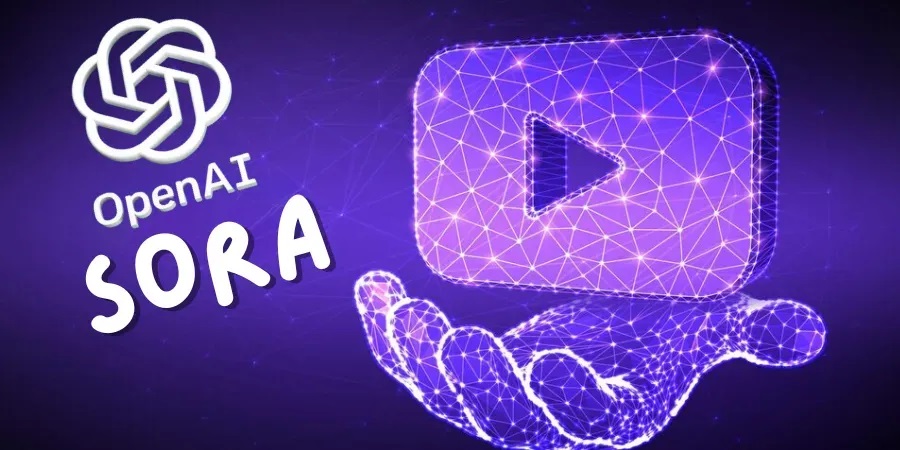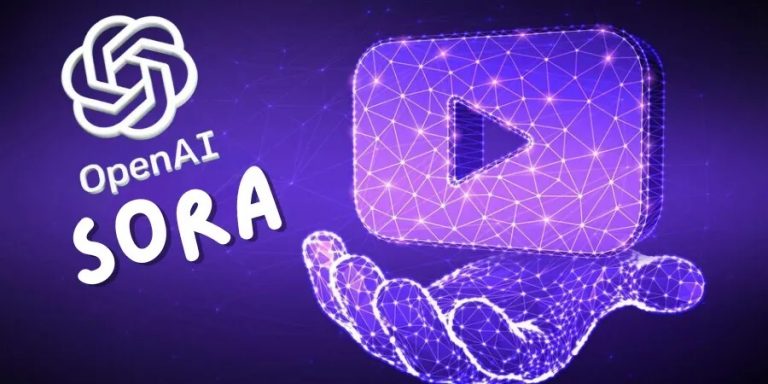OpenAI’s Invite-Only Video App Sora Rockets to No. 1 on App Store: How to Get An Invite


OpenAI’s latest consumer tool, Sora, has surged to the top of Apple’s App Store as the number one free app in the U.S., despite being accessible only by invitation.
Launched on Tuesday, the app allows iPhone users to generate short-form AI videos that can be shared in a built-in feed, bringing OpenAI squarely into the social media and content creation arena.
Currently, Sora is available only in the U.S. and Canada and requires iOS 18.0 or later. Users must log in with an OpenAI account, request access, and then enter an invite code. Access codes are being prioritized for paying ChatGPT Plus subscribers, though some are circulating informally through OpenAI’s Discord server, Reddit communities, and X. Once granted access, users can create AI-driven videos using text prompts or images, remix other users’ posts, and even cameo as characters in the generated clips.
Register for Tekedia Mini-MBA edition 18 (Sep 15 – Dec 6, 2025): registration continues.
Tekedia AI in Business Masterclass opens registrations.
Join Tekedia Capital Syndicate and co-invest in great global startups.
Register for Tekedia AI Lab: From Technical Design to Deployment.
The app is powered by OpenAI’s new Sora 2.0 model, described by the company as more “physically accurate, realistic, and controllable” than its predecessor, which debuted in early 2024. That model marked a milestone for AI video research, drawing both excitement and scrutiny for its ability to render realistic scenes of people, environments, and objects that obey the laws of physics more convincingly than prior attempts.
The decision to roll out Sora through an invite-only model has helped fuel its rapid rise in visibility. OpenAI has echoed the viral debut of apps like Clubhouse, which leaned on exclusivity and social buzz to build momentum, by topping the iOS charts within days of launch. Screenshots and short clips of Sora-generated videos are already being reposted on TikTok, X, and Instagram, feeding interest among users still waiting for access.
The early traction suggests pent-up demand for consumer-facing AI video tools, a space that until now has been largely dominated by specialized startups like Runway and Pika Labs.

How to get an invite
Getting into Sora is currently a multi-step process. After downloading the app and logging in with an OpenAI account, users are prompted with a “Notify me when access opens” option. That’s followed by a request for an access code.
OpenAI said it is prioritizing ChatGPT Plus subscribers for early access. For everyone else, the fastest route is to track down codes being shared by existing users on the official OpenAI Discord server, Reddit threads, or social media platform X. The app is currently restricted to the U.S. and Canada, though a wider international rollout is planned.
Video as AI’s next frontier
The launch of Sora is being closely watched across Silicon Valley and Hollywood. Video is widely seen as the “holy grail” of generative AI—far more computationally complex and socially impactful than text or still images. While image generators such as MidJourney and DALL-E have become mainstream, high-quality video production remains expensive and limited to small groups of creators.

OpenAI is signaling ambitions to not just power professional content creation but to own the pipeline of casual, everyday AI video use by creating a free, mobile-first app. Analysts note that this move positions OpenAI directly in competition with TikTok, Instagram Reels, and YouTube Shorts—all of which thrive on short-form video discovery. If OpenAI can leverage its AI infrastructure to generate fresh, viral content, it could alter the balance of power in the attention economy.
The timing of Sora’s debut also carries strategic weight. TikTok is facing mounting political scrutiny in the U.S., including potential regulatory challenges. Meta continues to experiment with generative AI features on Instagram, while Google-owned YouTube has leaned into creator tools and licensing agreements to manage AI’s role in video.
Meanwhile, OpenAI’s move comes as rivals like Stability AI and Anthropic are racing to refine their own multimodal models. But unlike those players, OpenAI is betting on consumer distribution as much as research.
Challenges and risks ahead
However, the app’s success raises difficult questions. Copyright experts have warned that AI-generated video could accelerate disputes over intellectual property, especially if users “remix” content without attribution. There are also broader concerns about misinformation, given how easily realistic video can be weaponized in politics or social debates. Regulators in the U.S. and Europe are already scrutinizing synthetic media, and Sora’s viral growth may push those conversations to the forefront.
From a business perspective, scaling video generation is also costly. Training and running multimodal models requires massive compute power, and serving millions of consumer users will put pressure on OpenAI’s partnerships with Microsoft Azure and other infrastructure providers.
Despite the risks, Sora’s rapid ascent underscores how aggressively OpenAI is moving to establish itself as more than a research lab or enterprise partner. With ChatGPT already entrenched in the productivity space, Sora opens a new front: entertainment, creativity, and social engagement.
For now, the invite-only strategy is keeping demand high, and Sora’s climb to the top of the App Store charts suggests that OpenAI has once again tapped into the viral edge of consumer AI.





